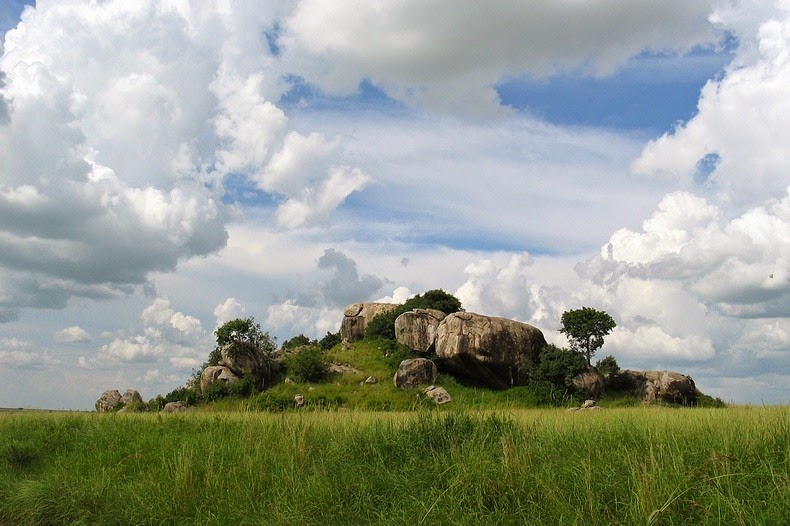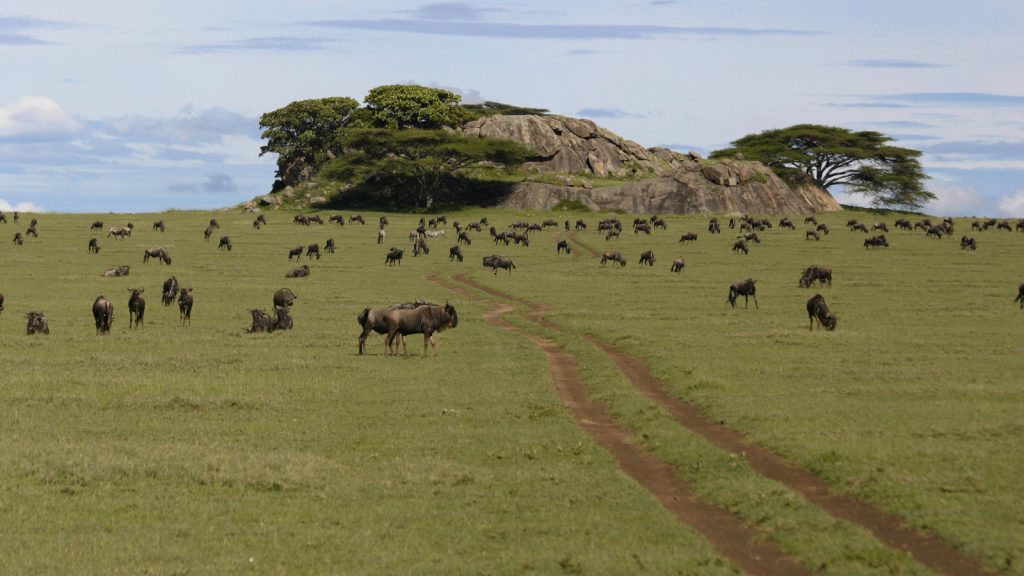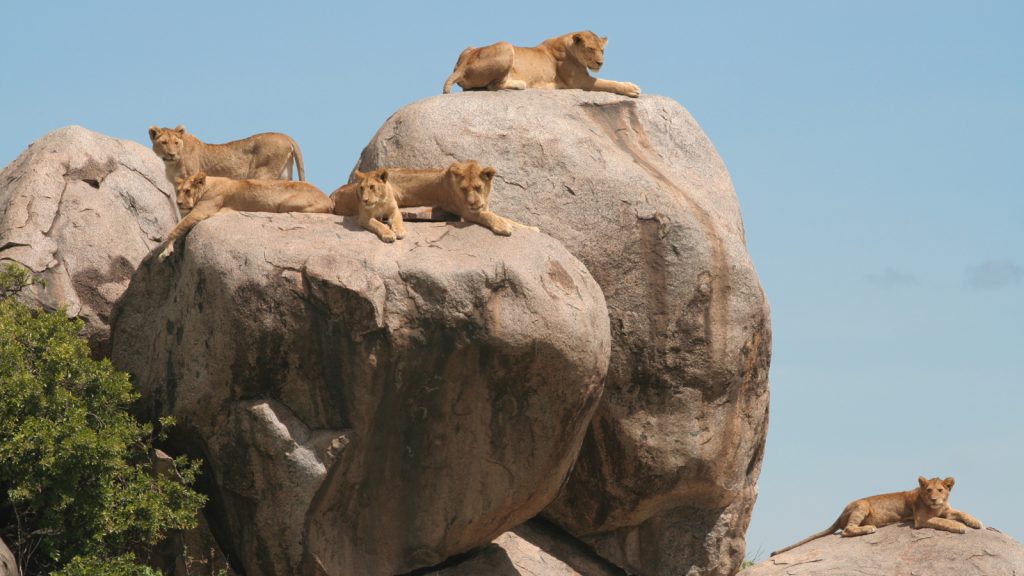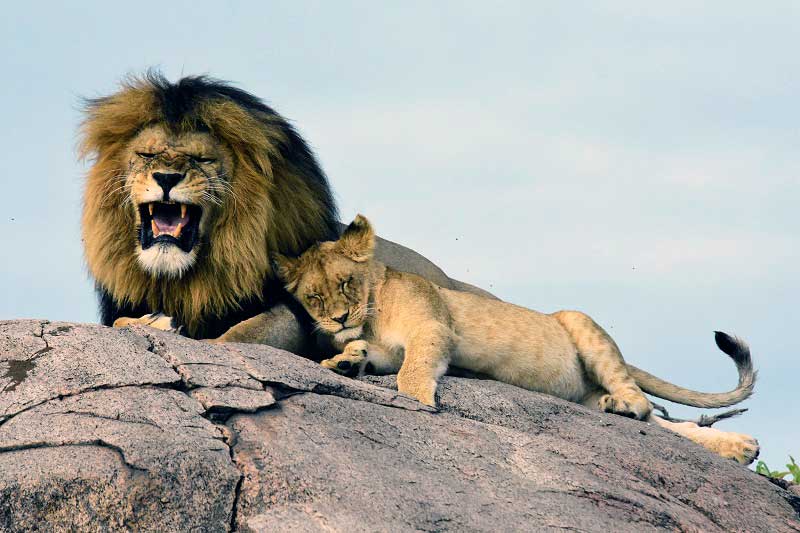Discovering the Serengeti’s Kopjes: Ancient Granite Outcrops of Wonder




The Serengeti kopjes are among the most captivating features of the Serengeti National Park, standing as ancient granite formations that punctuate the park’s vast grasslands. These rocky outcrops, formed millions of years ago, not only add a dramatic element to the Serengeti’s landscapes but also play a critical role in the park’s ecosystem.
What are Serengeti Kopjes?
The word “kopje” (pronounced ko-pee) originates from Afrikaans, meaning “small hill.” In the Serengeti, these kopjes are clusters of exposed granite rock formations that have withstood erosion over millions of years. They range in size from small boulder piles to massive rocky hills.
These kopjes are more than just geological marvels; they provide essential habitats for a variety of flora and fauna, making them biodiversity hotspots.
Formation and Significance of Serengeti Kopjes
The kopjes in the Serengeti were formed through ancient volcanic activity, with magma cooling and solidifying underground. Over time, erosion removed the overlying softer materials, leaving behind these resilient granite outcrops.
- Geological Timeline: The rocks of the Serengeti kopjes are estimated to be 3-4 billion years old, among the oldest formations on Earth.
- Microhabitats: The kopjes create unique microhabitats that contrast with the surrounding savannah, offering shelter and resources for plants and animals.
Wildlife Around Serengeti Kopjes
Predators
The Serengeti kopjes are prime locations for spotting predators, particularly big cats.
- Lions: Lions often use the kopjes as vantage points to survey their territory or bask in the sun.
- Leopards: These elusive cats can be found resting in the shade of kopjes or stashing their kills in the crevices.
- Cheetahs: While they prefer open plains for hunting, cheetahs sometimes use kopjes as lookout points.
Other Animals
- Hyraxes: Rock hyraxes, small mammals resembling rodents, are commonly seen scurrying around the rocks.
- Reptiles: Snakes and lizards thrive in the warm, rocky environment of the kopjes.
- Elephants: Sometimes seen scratching themselves against the rough surfaces of the rocks.
Birdlife
The kopjes attract numerous bird species, such as:
- Augur Buzzards: Often spotted perched on the rocks.
- Weavers and Starlings: These birds use the crevices to build their nests.
- Verreaux’s Eagles: Large raptors that hunt small mammals in and around kopjes.
Unique Kopjes in the Serengeti
Gol Kopjes
Located in the eastern Serengeti, the Gol Kopjes are renowned for their open landscapes and frequent cheetah sightings. The lush grasslands around these kopjes make them a hotspot for herbivores and predators alike.
Moru Kopjes
Situated in the central Serengeti, the Moru Kopjes are iconic for their striking appearance and historical significance.
- Rock Art: These kopjes feature ancient Maasai petroglyphs, a testament to the region’s cultural heritage.
- Rhinos: The Moru area is one of the few places in the Serengeti where black rhinos can be found.
Simba Kopjes
Dubbed the “Lion Kopjes,” these are famous for frequent lion sightings. Located in the southern Serengeti, they are a favorite spot for photographers and wildlife enthusiasts.
Ecological Importance of Serengeti Kopjes
Shelter and Refuge
The kopjes provide critical shelter during extreme weather conditions. Animals use them for shade during the heat of the day or as refuge from predators.
Water Reservoirs
Many kopjes have natural rock depressions that collect rainwater, serving as vital water sources during the dry season.
Flora
Despite the rocky environment, kopjes support unique vegetation. Species like fig trees, acacias, and wildflowers grow in and around these formations, attracting herbivores.
Activities Around Serengeti Kopjes
Game Drives
Exploring the Serengeti kopjes during game drives is one of the best ways to observe wildlife interactions and enjoy the scenic landscapes.
Photographic Safaris
The dramatic contrast of the kopjes against the vast plains makes them a favorite subject for photographers. Sunrise and sunset offer particularly stunning views.
Cultural Tours
Visiting the Moru Kopjes provides an opportunity to learn about Maasai culture and history through ancient rock art and tales.
Best Time to Visit the Serengeti Kopjes
The kopjes can be explored year-round, but specific seasons offer unique experiences:
- Dry Season (June to October): Wildlife congregates around kopjes and waterholes, making game viewing more concentrated.
- Wet Season (November to May): The kopjes become surrounded by lush greenery, attracting migratory birds and herbivores.
Conservation Efforts for Serengeti Kopjes
The Serengeti kopjes are part of the Serengeti National Park, a UNESCO World Heritage Site. Efforts to preserve these ancient formations include:
- Controlled Tourism: Limiting visitor numbers to minimize environmental impact.
- Research Initiatives: Studying the unique ecosystems of kopjes to enhance conservation strategies.
- Anti-Poaching Measures: Protecting the wildlife that depends on the kopjes for survival.
Conclusion
The Serengeti kopjes are more than just geological wonders; they are vital to the Serengeti’s ecosystem and offer a glimpse into the park’s rich biodiversity. Whether you’re fascinated by their ancient origins, intrigued by their role as wildlife havens, or simply captivated by their beauty, the kopjes are a must-see on any Serengeti safari.
Explore the Serengeti’s kopjes and discover the timeless magic of these ancient granite outcrops—a journey into the heart of Africa’s natural and cultural heritage.

One Comment